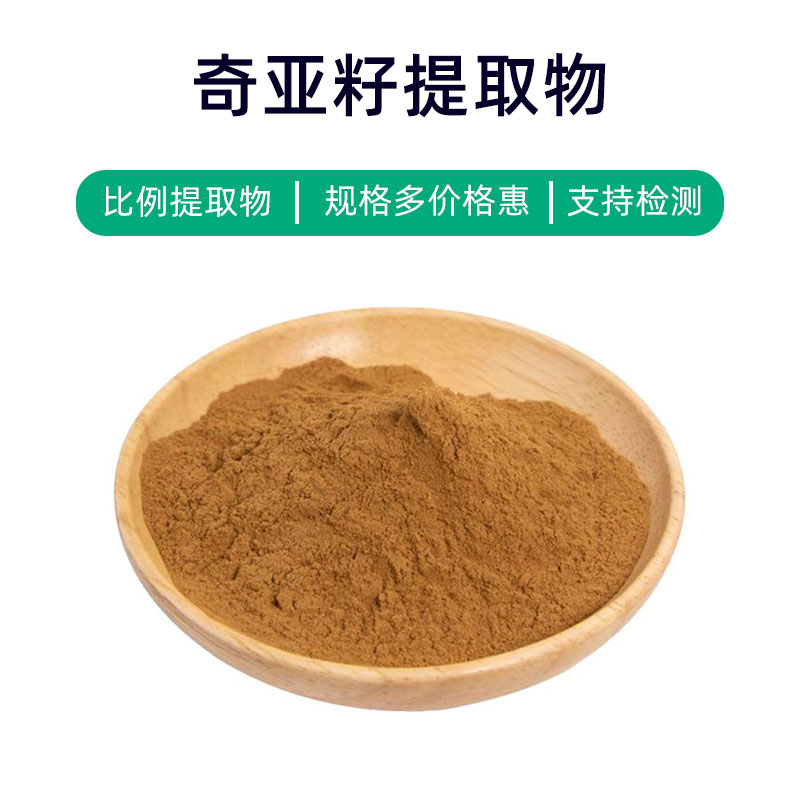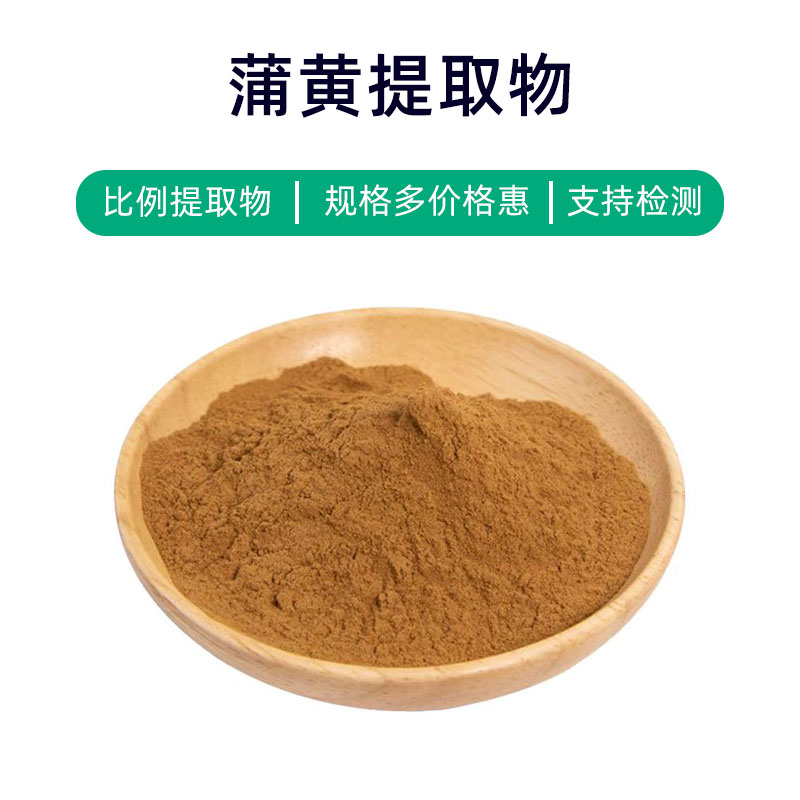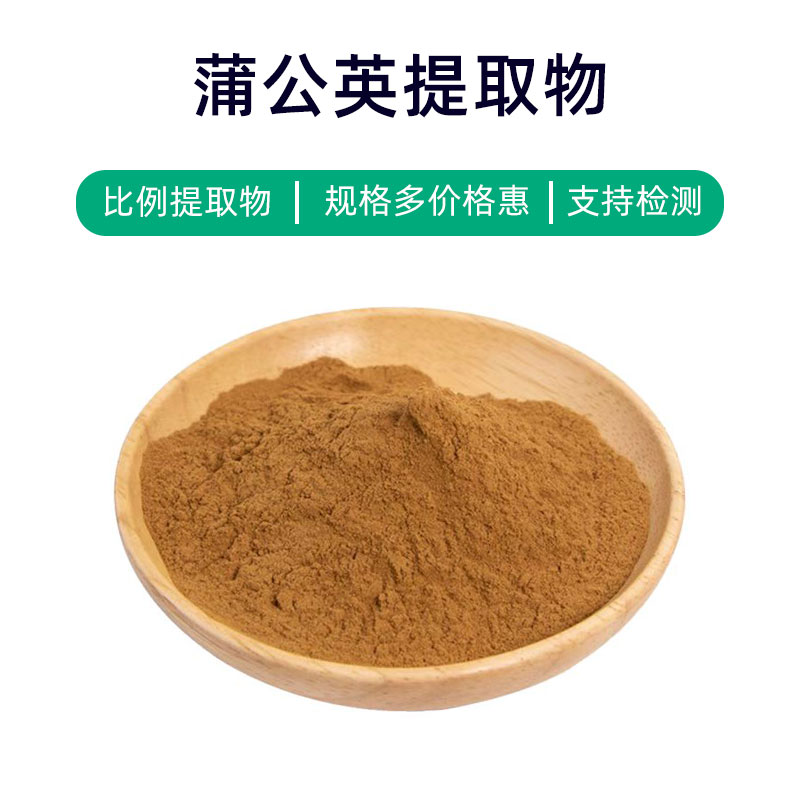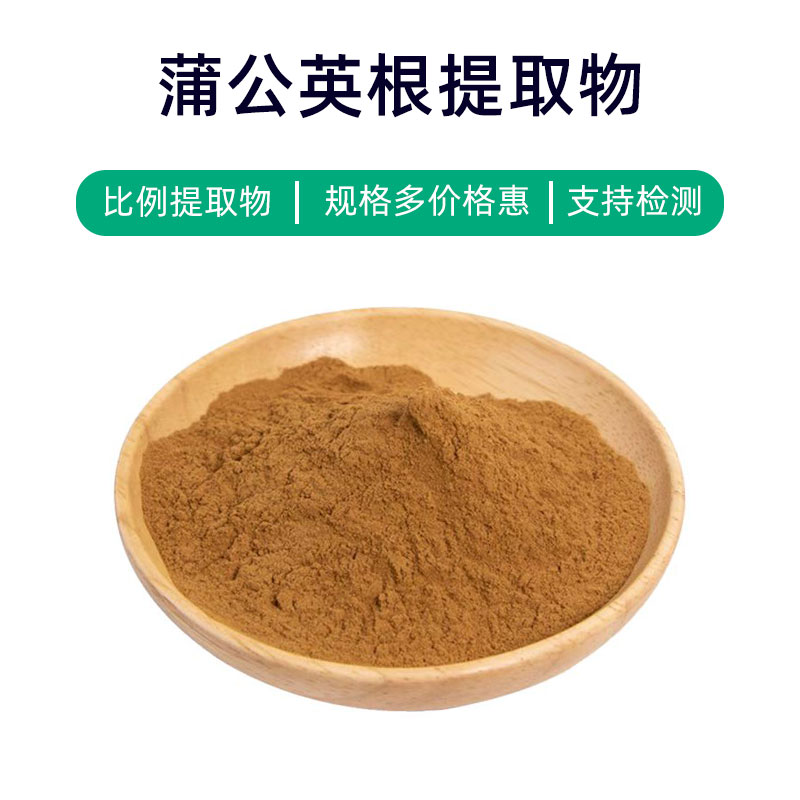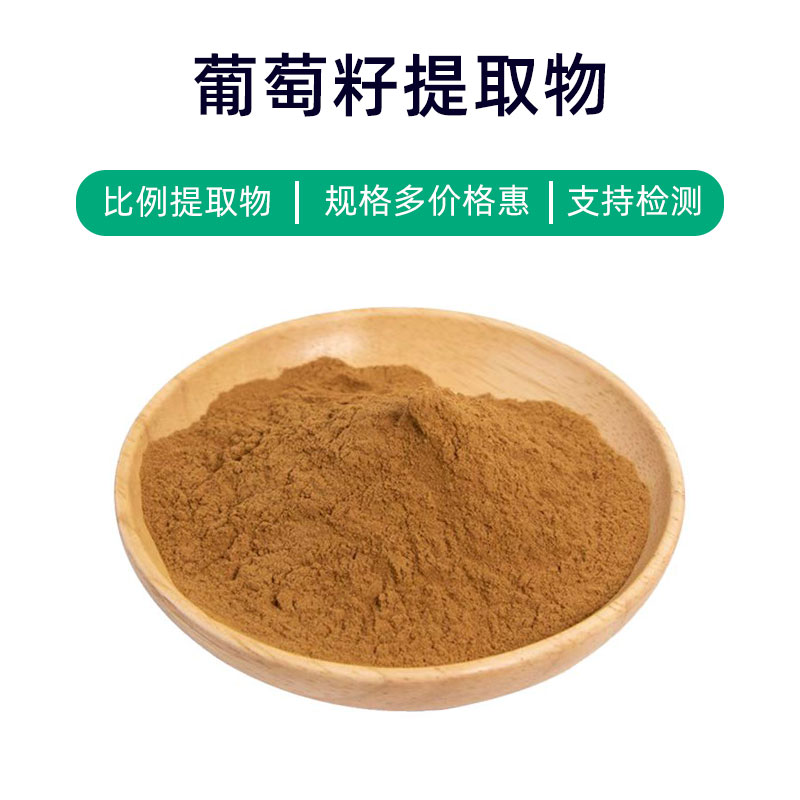Greater Bloodvine Extract Product Introduction
Greater Bloodvine Extract is a natural plant extract obtained from the roots and stems of the Greater Bloodvine plant, primarily consisting of polyphenolic compounds, flavonoids, and alkaloids. It is widely used in the fields of medicine, dietary supplements, and cosmetics.
This extract is rich in various bioactive components, where the polyphenolic compounds and flavonoids exhibit significant antioxidant and anti-inflammatory properties, helping to protect cells from damage caused by free radicals, reduce inflammatory responses, and promote overall health. Additionally, the alkaloid components in Greater Bloodvine Extract are believed to have biological activity and medicinal value.
In the pharmaceutical field, Greater Bloodvine Extract is often used to prepare dietary supplements and medications aimed at improving immune function, regulating blood sugar and lipid levels, reducing inflammation, and preventing cardiovascular diseases. In the dietary supplement sector, it is seen as a natural nutritional enhancer that boosts physical health and resistance. In cosmetics, Greater Bloodvine Extract is commonly added to skincare and beauty products, providing antioxidant, anti-aging, and soothing benefits, helping to improve skin texture and slow down the aging process.
Overall, Greater Bloodvine Extract, as a natural plant extract, has broad application prospects and offers beneficial support for human health and beauty due to its rich bioactive components.
Greater Bloodvine Extract Production Process
The production process of Greater Bloodvine Extract typically includes the following steps:
- Raw Material Preparation: Select fresh Greater Bloodvine plants and conduct initial processing, including washing and chopping, to ensure the purity and quality of the extract.
- Extraction: Place the chopped Greater Bloodvine plants into an extraction apparatus and use appropriate solvents (such as ethanol or water) for extraction. Control the temperature and time during extraction to maximize the yield of active components.
- Filtration and Separation: Filter the extract to remove plant impurities and solid particles, obtaining a crude extract.
- Concentration and Evaporation: Evaporate the crude extract to remove the solvent and obtain a concentrated extract.
- Precipitation Separation: Separate the concentrated extract by precipitation, using methods such as centrifugation or filtration to separate the precipitate from the solution, yielding a refined extract.
- Drying: Dry the refined extract to remove residual moisture, resulting in dry Greater Bloodvine Extract.
- Grinding: Grind the dried extract to achieve the desired particle size and granularity.
- Packaging: Package the ground Greater Bloodvine Extract in hygienic, sealed packaging materials, clearly labeling the product information and production date.
- Quality Control: Conduct quality testing on the finished product, including the content of active components and microbial testing, to ensure compliance with relevant standards and regulations.
- Storage: Store the finished product in a dry, cool, ventilated environment, avoiding direct sunlight and moisture to maintain its stability and quality.
The above outlines the typical production process for Greater Bloodvine Extract, with each step requiring strict control to ensure the quality and safety of the final product.
Effects and Side Effects of Greater Bloodvine Extract
Greater Bloodvine Extract has various medicinal and health benefits, including:
- Anti-inflammatory Effects: Contains various bioactive components with significant anti-inflammatory effects, helping to alleviate symptoms of inflammatory responses and related diseases.
- Antioxidant Effects: Rich in antioxidants, it helps eliminate free radicals in the body, slow down cellular aging, and protect cells from oxidative damage.
- Antibacterial and Antiviral Effects: Exhibits certain antibacterial and antiviral activities, inhibiting the growth of bacteria and viruses, and aiding in the prevention and treatment of infectious diseases.
- Diuretic Effects: Promotes urine production, increasing urine volume to help eliminate excess water and toxins from the body, contributing to fluid balance and waste clearance.
- Lipid and Blood Pressure Reduction: Contains active components that can help lower cholesterol and triglyceride levels, regulate blood pressure, and prevent cardiovascular diseases.
- Antitumor Effects: Some studies suggest that certain components in Greater Bloodvine Extract have antitumor activity, inhibiting the proliferation and metastasis of tumor cells.
- Liver Protection: Enhances liver detoxification capabilities and protects liver cells from damage, offering protection against liver dysfunction and injury.
- Antiallergic Effects: Active components can modulate immune system functions and reduce allergic reactions, providing some relief for allergic diseases like allergic rhinitis and dermatitis.
While Greater Bloodvine Extract offers various benefits, it is essential to pay attention to dosage and usage to avoid adverse effects. Some individuals may be allergic to it, so a patch test is recommended prior to use. Pregnant and breastfeeding women, as well as children, should consult a doctor before using it.
Applications and Dosage of Greater Bloodvine Extract
Greater Bloodvine Extract has extensive applications in medicine, food, and cosmetics, as follows:
- Applications in Medicine:
- Anti-inflammatory and Analgesic: Used in the formulation of anti-inflammatory and pain-relief medications for conditions like arthritis and rheumatism. Common dosage is 10-30 mg per dose, three times a day.
- Antibacterial and Anti-inflammatory Agent: Suitable for treating urinary tract infections and respiratory infections. Typical dosage is 20-40 mg per dose, three times a day.
- Liver Health: Used in liver protection medications for hepatitis and fatty liver conditions. Common dosage is 20-40 mg per dose, three times a day.
- Cardiovascular Health: Used in medications that regulate lipids, lower blood pressure, and prevent thrombosis. Typical dosage is 20-40 mg per dose, three times a day.
- Applications in Food:
- Health Food Ingredient: Functioning as an antioxidant and anti-inflammatory agent, it can serve as an ingredient in health foods to boost immunity and regulate lipid levels. Typical dosage is 100-300 mg per day.
- Functional Food Additive: Used in the formulation of functional beverages and health foods to enhance physical functions. Dosage generally depends on the product formulation.
- Applications in Cosmetics:
- Skincare Products: Used in skincare formulations for its antioxidant and anti-inflammatory effects, helping to reduce skin inflammation and oxidative stress. Typically 1-5% of the total formulation.
- Beauty Products: Used in beauty products like masks and serums to improve skin tone and combat aging. Dosage generally depends on the product formulation.
When using Greater Bloodvine Extract, dosage should be determined based on specific circumstances and product instructions, adhering to medical advice or label guidelines while avoiding excessive or prolonged use. Special populations, such as pregnant and breastfeeding women or children, should use it under medical supervision. For individuals with potential allergic reactions, a patch test is recommended; discontinue use if any discomfort occurs.
Introduction to the Source Plant of Greater Bloodvine Extract, Distribution, and Growth Environment
Greater Bloodvine (Latin name: Paederia scandens) is a perennial herbaceous plant belonging to the vine family, primarily found in Southeast Asia, South Asia, and parts of China. Here are detailed insights regarding the source plant, distribution, and growth environment of Greater Bloodvine:
- Plant Characteristics:
- A climbing plant with vertical growth characteristics, its stems are tough and fibrous.
- Leaves are oval or ovate-elliptical, arranged oppositely with long petioles, and have finely serrated edges.
- Flowers are small, tubular, usually white or light purple, with a distinctive fragrance.
- The fruit is a capsule, oval-shaped, and splits open when mature, containing numerous seeds.
- Distribution Range:
- Primarily distributed in Southeast Asia, including countries like Thailand, Vietnam, Laos, and Cambodia.
- In China, it is found in mountainous and hilly regions of South China, East China, and Central China, such as provinces like Guangxi, Guangdong, Fujian, and Jiangxi.
- Growth Environment:
- Grows at altitudes of 300-1500 meters, preferring moist and semi-shaded environments.
- Common in jungles, riverbanks, slopes, alongside roads, and within grasslands surrounding villages, often found in the understory of forests.
- Ecological Habits:
- A common wild plant that grows rapidly, capable of climbing over 10 meters in suitable conditions.
- Has strong adaptability, thriving in various soil types and light conditions.
- Its seeds have winged structures that facilitate wind dispersal, aiding in its spread and reproduction.
Overall, Greater Bloodvine is a widely distributed climbing plant that thrives in moist, semi-shaded environments, showing resilience to different soil conditions. It is a plant resource with considerable economic and medicinal value.
Processing and Storage of Greater Bloodvine Extract
The processing of Greater Bloodvine Extract generally includes the following steps: First, the harvested Greater Bloodvine plants are cleansed and processed to remove impurities. Then, they are ground or chopped to facilitate the extraction of effective components. Following this, appropriate extraction methods (such as aqueous or alcoholic extraction) are employed to obtain the desired components. Finally, through filtering, concentration, and drying processes, the final Greater Bloodvine Extract is produced.
For storage, Greater Bloodvine Extract should be kept in a cool, dry, and well-ventilated place, away from direct sunlight and high temperatures. It is also advisable to store the extract in sealed containers to protect it from moisture and oxygen. Regularly inspect the extract for appearance and characteristics to ensure its quality and stability. If not used for an extended period, refrigeration or freezing is recommended to extend shelf life.
Monica Sun is a seasoned expert in the plant extraction industry with over a decade of experience in research and production. She specializes in the extraction and purification of plant active ingredients, focusing on driving innovation in natural product applications. Monica has participated in the development of multiple functional plant extracts, delivering high-value natural raw material solutions for the health food, pharmaceutical, and dietary supplement sectors.









